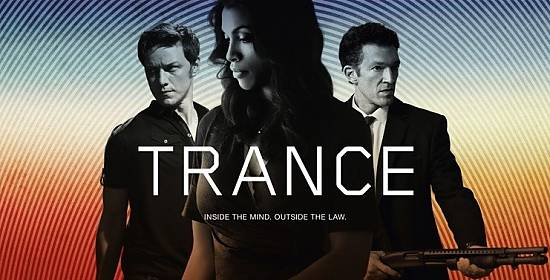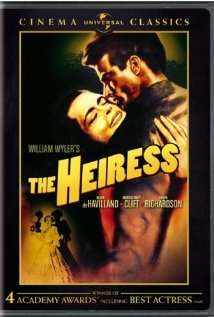Very few films can lay claim to being called innovative; after all, film-making is fundamentally a craft and a craft is basically an activity that involves making something with one’s hands. There are a number of well-trodden steps to follow in order to attain the end result in much the same way as there is when making a cake. First you do this, then this and then this and so on. In essence, the camera captures the shots and then the screen shows the result but of course, there can be an entire directory of additional technical processes in between, not to mention all that comes before the camera is even taken off the truck.
But each one of these processes is a craft unto itself and the individuals involved are all skilled technicians of their own particular field whether that’s to do with the actor’s wardrobe, the make-up they wear, the design of the sets, the editing, the special effects, the coordination of stunts, the lighting, or the cinematography (the list can go on), but they all have steps to follow; steps that define their job, their reason for being involved.
However, film-making is also an art; a medium for expression and an outlet for creativity. Part of that creativity could be defined as bending the rules, of thinking outside the box, of trying something new. This is innovation.
One film that can definitely be labelled innovative and still sleep soundly at night is Breathless, or if you prefer the French title – À Bout de Souffle. Released in 1960 to both critical and box office success, it quite simply rewrote the rule book, certainly for editing style. Its use of jump-cuts was totally radical for the time and to watch it now, amazes and horrifies in equal measure. Some of the editing is in-your-face noticeable and looks positively amateurish, jarring even – as though the film stock snapped and was poorly spliced back together – and yet it adds a nuance of freshness and intensity to the film that wouldn’t be there if the editing was smooth. Love it or loathe it, it was a stroke of genius. It was also filmed entirely on a hand-held camera (tracking shots were courtesy of a wheelchair or a postal cart with the camera hidden and the lens poking through a hole because no permission was given from French officials) and with virtually no additional lighting – made possible by using a specific type of film stock that needed to be painstakingly modified.
It was director Jean-Luc Godard’s first feature length film and was one of the earliest examples of the French New Wave of cinema or Nouvelle Vague and it would go on to become one of the most influential films of that era. The young Godard was very critical of mainstream cinema, saying it “emphasised craft over innovation” and many of his films challenged the well-established conventions of traditional Hollywood as well as that of French cinema. Together with his group of contemporaries that included Claude Chabrol and François Truffaut (who both wrote the foundations of Breathless), he set about shaking up the establishment and the way it was perceived that films could be made. He has influenced numerous directors like Martin Scorsese, Quentin Tarantino, John Woo and Bernardo Bertolucci and is often ranked by critics as one of the greatest directors of all time.
The plot of Breathless revolves around a petty criminal named Michel Poiccard (played sublimely by the then soon-to-be-famous Jean-Paul Belmondo), who fancies himself as a sort of Humphrey Bogart tough guy stereotype. He steals a car in Marseille and then shoots the policeman who has pursued him out into the country. Now a penniless fugitive, he flees to Paris and hides out with an American girlfriend Patricia (Jean Seberg), a student and aspiring journalist who sells newspapers along the Champs Élysées to earn her living. He spends his time attempting to seduce her while trying to call in a loan from a local hood so that he can fund their escape to Italy. The police soon make the link between her and her boyfriend and when questioned by them, Patricia learns that Michel is on the run for murder. She eventually betrays him and yada yada yada. Watch it and you’ll find out what happens. Oh and an added bonus – Paris has never looked cooler!





